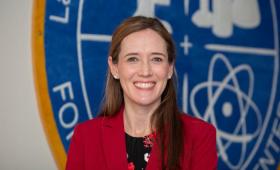Science and Technology
in the News
Science and Technology
in the News
News Center
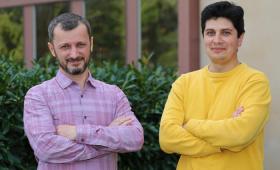
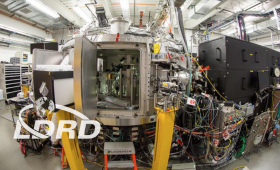

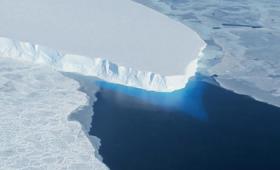
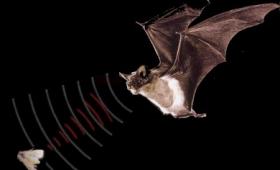
The spoken word, music, earthquakes, vibrating equipment: the physics of mechanical waves, including sound, govern what we hear, their use in technology, and their effect during such events as earthquakes.
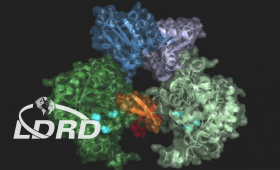
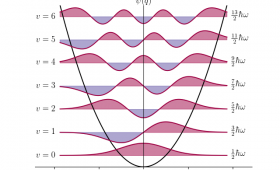
Understanding waves is fundamental—through them we see, communicate, transmit energy, probe the universe. Experimenting with harmonic oscillators, such as a mass on a spring, is a great way to understand how waves work.

The pressure of fluids like air and water regulate many natural processes from those in living organisms to the weather.
